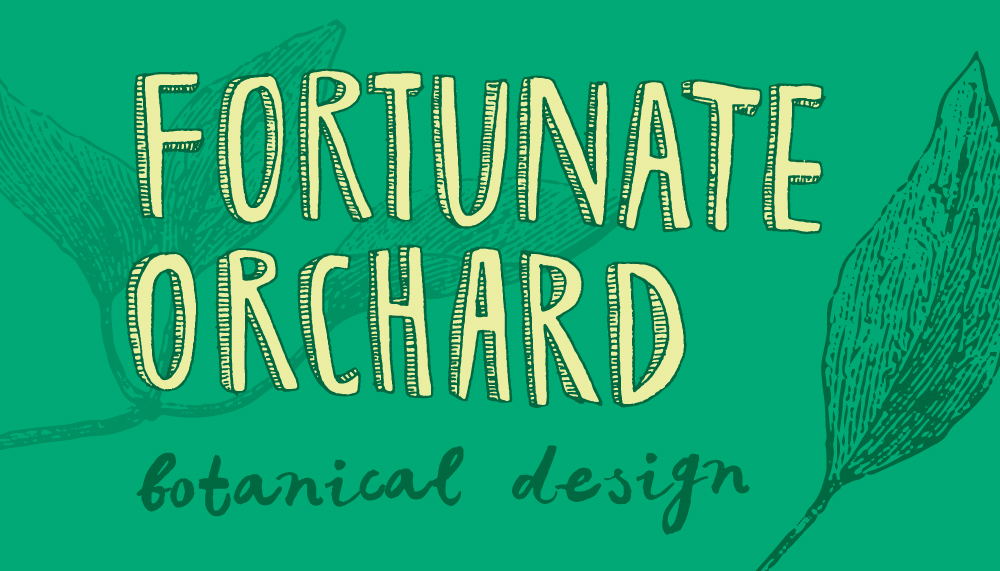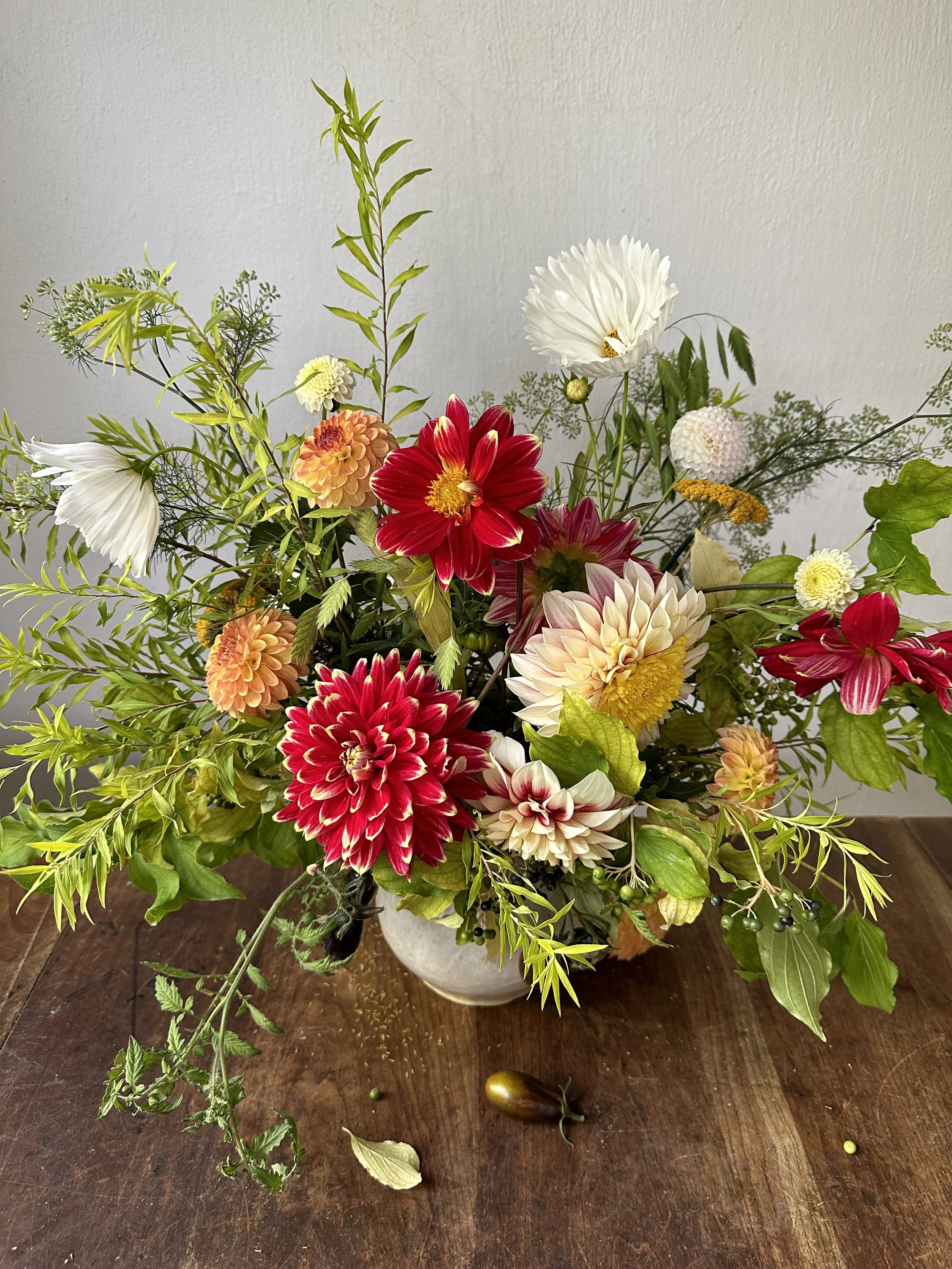The Hellebore, My Queen
Spring garden jewels: hellebores, daffodils, frittilaries, epimedium
Pacific Northwest winters can be tough for me - the sky is low, the days are short, so much moisture… One bright spot is my ever-increasing collection of hellebores. I have dedicated one strip in our garden to these plants and named it ‘Hellebore Alley’. It is right next to the path that leads around our house, ensuring that I can see and enjoy these winter jewels daily, while we wait for the rest of the garden to heat up.
The first hellebores bloom in January, and different varieties continue to bloom through April, making these plants worth every penny. The initial blooms are fat, soft and romantic. Young hellebores are temperamental in a vase (you’ll find good advice on how to improve their chances online) so I will only design with them for one night events and photography at this stage.
A tangle of hellebores, hellebores and spring foliage
Once the flowers have begun to ripen - the stamens have dropped and a seedpod forms, hellebores become invaluable as cut flowers. Each bloom continues to evolve, with colors morphing from burgundy to iridescent blue, seedpods becoming sculptural, stems lengthening and becoming sturdy. Late stage hellebores can last weeks in a vase, they are absolutely bulletproof.
Spring is my favorite time to add to my hellebore collection. Nurseries often discount the plants, as they’re on the way out. Get ‘em cheap if you can! Buying hellebores in April also allows me to place them in the garden before space gets swallowed up by the foliage and flowers of summer. Those sweet hellebores are happy to spend the hotter months in the deep shade of the hydrangeas, dahlias and grasses that sprout up in the borders. Next winter, when those lush plantings are a distant memory, the hellebores will shine.
Hellebores, double narcissus, spirea and fritillaria in April




